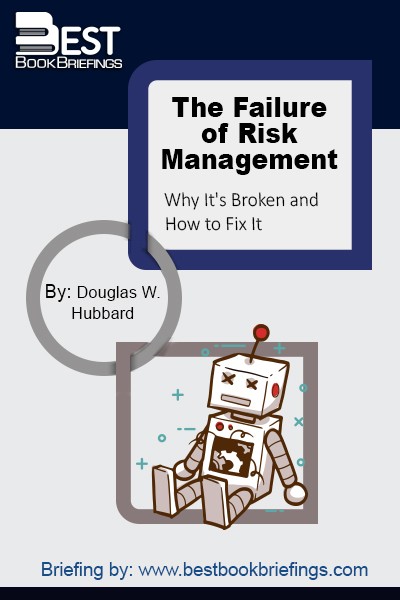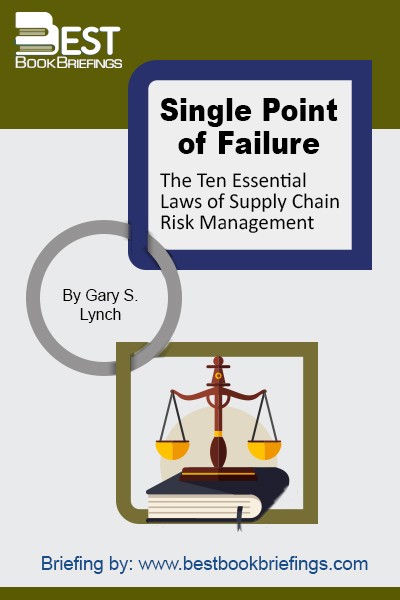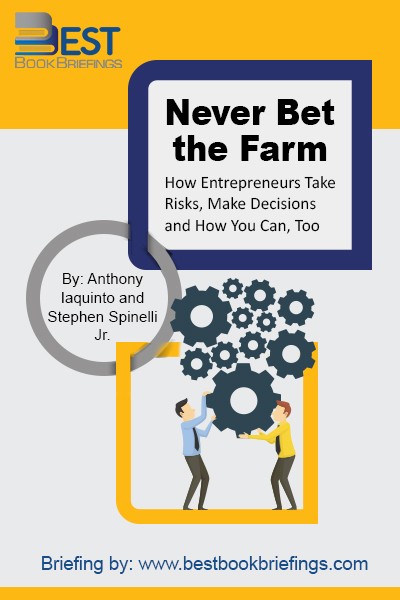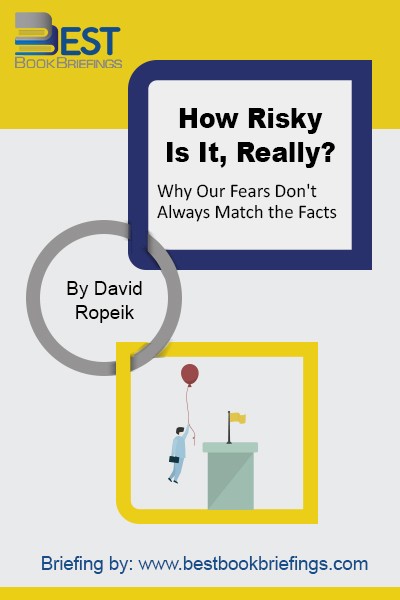How Risky Is It, Really?
Why Our Fears Don't Always Match the Facts
Number of pages: 288
Publisher: McGraw-Hill Education
BBB Library: Personal Success, Operations Management
ISBN: 9780071629690
Editorial Review
You’ve probably seen this phenomenon in your family or friends, or maybe even within yourself, where the fears don’t seem to match the facts. Sometimes we’re more afraid of what the scientific evidence suggests are relatively small risks, but quite often, we aren’t afraid enough of the risks that the evidence suggests we should worry about more. This sort of risk perception is often explained by blaming the media and politicians and marketers and poor risk communication. But that is simplistic, naive, and inadequate. The first goal of this book is to explain where our perceptions of risk actually come from. The second goal is to make the case that this phenomenon, which we’ll call the Perception Gap, can be dangerous, a risk in and of itself. This Perception Gap, the potentially dangerous distance between our fears and the facts, is a risk that we need to recognize so that we can reduce it. And that brings us to the third goal: to propose ways to apply an understanding of where our fears come from, so that we can narrow the Perception Gap and make healthier choices.
Book Reviews
Books on Related Topics

Risk Management methods are many and are fairly new. They are growing in popularity. Some are well-established and highly regarded. Some take a very soft qualitative approach and others are rigorously quantitative. When such methods are measured rigorously, they don't appear to work. The answer for the second question is also

Single Point of Failure: The 10 Essential Laws of Supply Chain Risk Management uses analogies and dozens of case histories to describe the risk parasite that infects all supply chains while revealing methods to neutralize that parasite.

Wind extinguishes a candle and energizes fire Likewise with randomness, uncertainty, chaos: you want to use them, not hide from them. You want to be the fire and wish for the wind. This summarizes the author’s nonmeek attitude to randomness and uncertainty. We just don’t want to just survive uncertainty, or to

The attitude one has towards their business and towards their success or failure is a key component to lead a happy entrepreneurship and successful life. Entering an entrepreneurship can be and is a scary road trip for most, and never did it guarantee instant success. But those who come out strong



